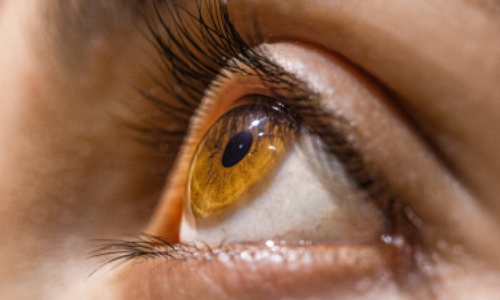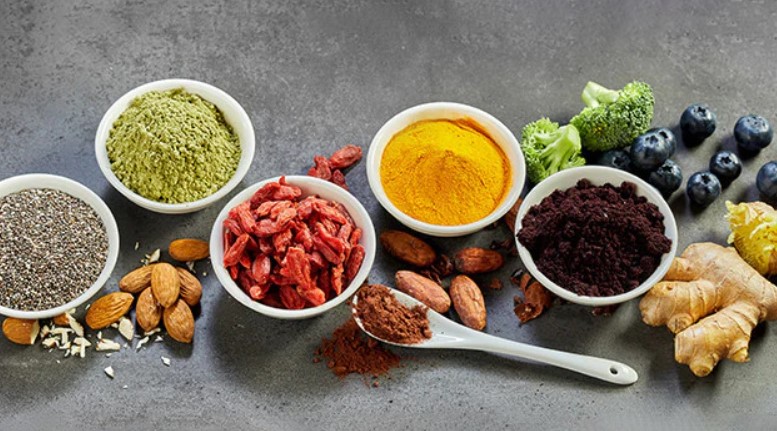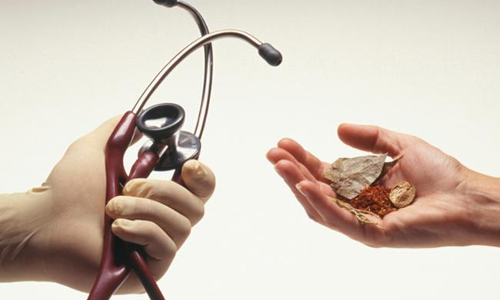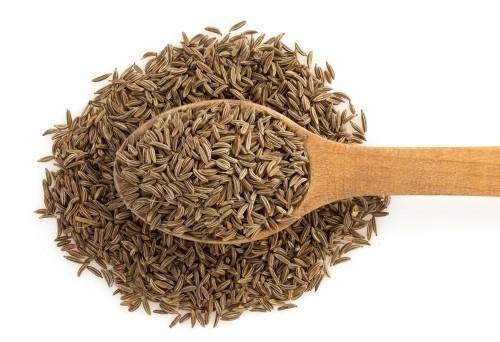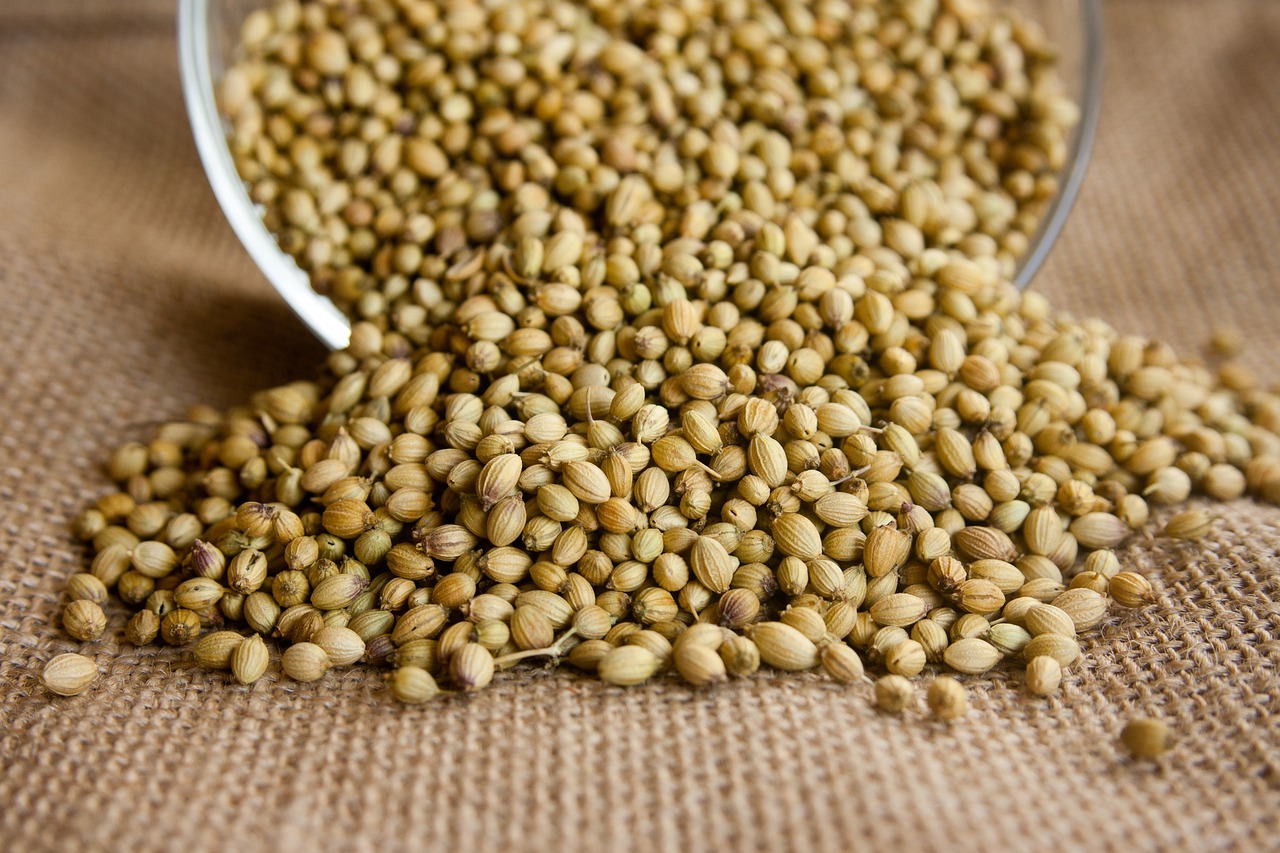We all desire flawless, radiant skin. There are various skincare products and treatments that offer the same. But nothing beats the power of Ayurvedic herbs for improving the glow and complexion of your skin! Ayurveda offers a treasure trove of herbs that have been used for centuries to enhance the skin’s glow and complexion. In this blog, I’ll introduce you to the top 8 Ayurvedic herbs that can help you achieve the radiant skin you’ve always dreamed of. Glow and Complexion Herbs Sandalwood (Chandana) Part used: heartwood Sandalwood has a calming and cooling effect on our bodies and mind. It is rich in antioxidants that help retain the moisture of the skin and reduce skin dryness. It also helps remove wrinkles, acne, tan and scars on the skin. Alexandrian Laurel (Punnaga) Parts used: stem, bark, seeds Alexandrian Laurel, also known as Punnaga, rejuvenates the skin. It also fights skin conditions, such as acne, psoriasis, eczema, dermatitis, etc. Leaves of Punnaga are also used to treat chicken pox, scabies, skin inflammation, etc. Indian Madder (Manjishta) Part used: Root Manjishta can be used both externally and internally to improve the complexion of your skin. Apart from that, it is a rich source of antioxidants and hence, helps manage common skin conditions, like acne and pimple. Also, Alizarin – a compound present in Manjishta has anti-bacterial properties and helps soothe skin allergies, rashes, etc. Crested fever nut (Lata karanja) Parts used: Leaf, bark, seeds Lata karanja is a powerful Ayurvedic herb, with many uses. In terms of skincare, it is great for treating skin diseases, like scabies, eczema, psoriasis and leprosy. The astringent properties of the herb also help relieve inflammation, contagious skin diseases, etc. Asoka (Sita) Part used: Bark The antioxidant properties of Asoka help manage skin conditions and also lighten your complexion by removing toxins. Therefore, it is one of the majorly used ingredients in cosmetic products to improve complexion. It also helps rejuvenate the skin and soothes skin inflammation. Vetiver (Ushira) Part used: Roots Vetiver is great for dull and inflamed skin. It helps nourish and hydrate the skin and also maintains the pH balance of the skin. Vetiver also helps to even out your skin tone and tighten your skin pores. It also has anti-ageing properties that help delay the signs of ageing. Licorice (Mulethi) Parts used: Root, underground stem Licorice is my favourite among all Ayurvedic herbs for skincare! It helps improve the complexion of your skin by reducing damage to the skin caused by the sun. It also lightens scars and reduces wrinkles. The anti-inflammatory properties of licorice help soothe skin conditions. Indian Sarsaparilla (Sariva) Part used: Root Indian Sarsaparilla is a Pitta pacifying herb and is, therefore, widely used to promote healthy skin. It helps to maintain an even skin tone and improves the texture of the skin. The natural cleansing properties of the herb add to the glow of your skin. It is also used to soothe skin conditions, such as psoriasis. Most Ayurvedic formulations for enhancing the complexion and glow of the skin contain one or many of the above-mentioned herb. You can try a few of these in powdered form in your face packs! If you are struggling with any health issues, you can either book a consultation with us or send us a message via WhatsApp to +91 79074 89839. We have the best Ayurvedic doctors in Trivandrum who are always glad to help you. If you have any queries, contact us. You can also visit us at our hospital. … Continue reading Glow and Complexion – 8 Best Ayurvedic Herbs
Glow and Complexion – 8 Best Ayurvedic Herbs

